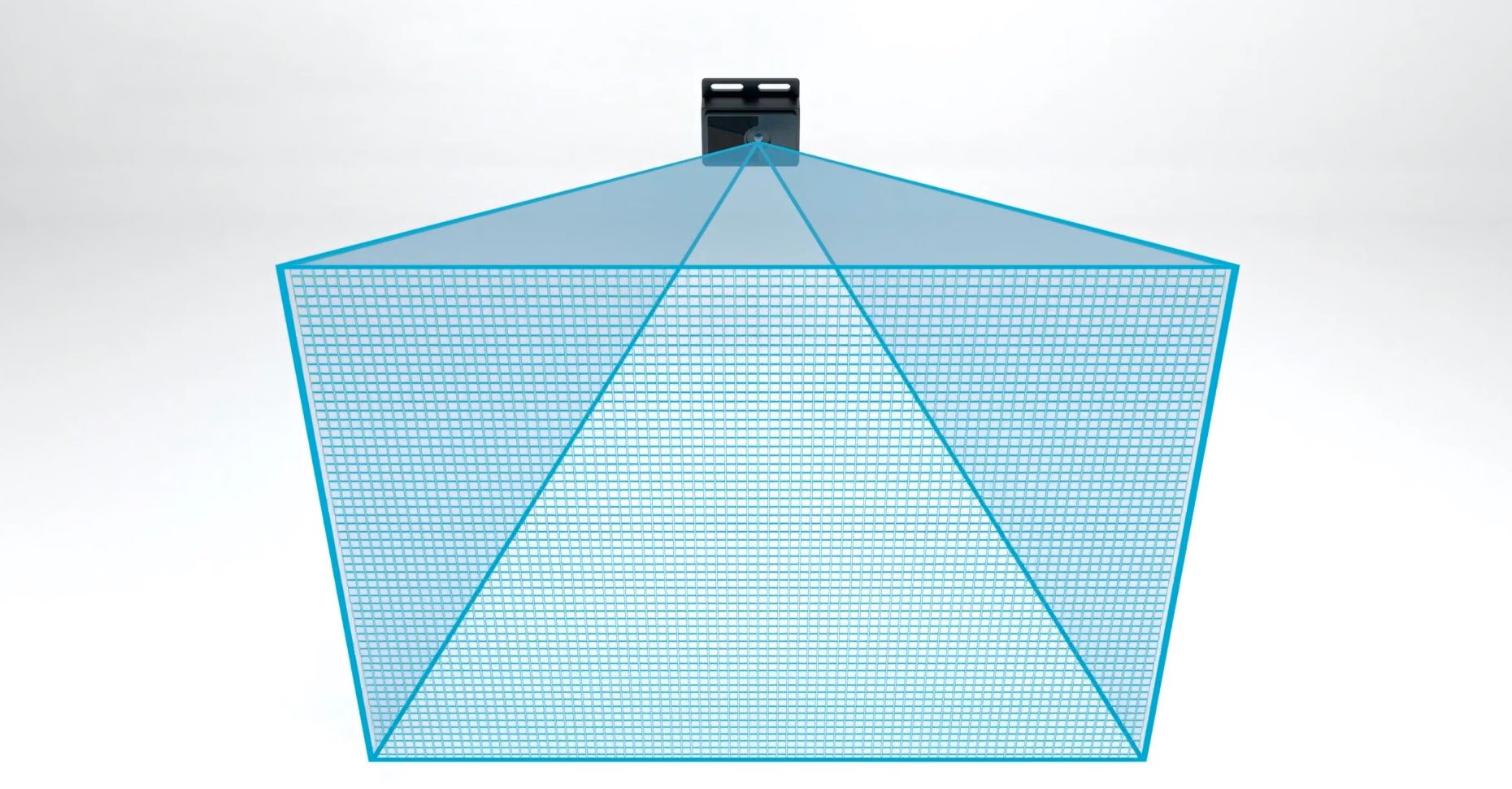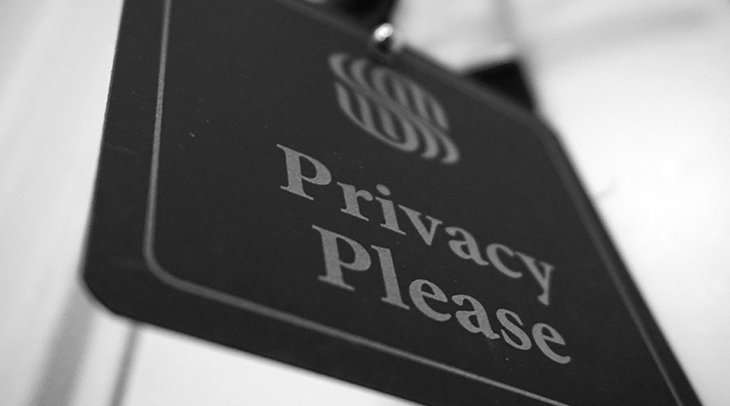Depth sensing aims to change the way digital systems understand real environments to automate processes that would typically require human observation.
This requires three closely-linked tasks: image acquisition, processing, and analysis. Time-of-Flight depth sensors have proven foundational in the research and development (R&D) of unique depth cameras that can perform precise real-time distance imaging for myriad applications. Depth sensors are now routinely used in advanced human machine interfaces (gesture recognition, motion tracking, etc.), multi-point level depth sensing, people counting, and navigation systems for unmanned robotic vehicles.
In this article, Terabee aims to explore the working principles of depth sensors and the responsibilities of depth sensor manufacturers in a world where digital privacy is increasingly important to the general public and regulators looking to preserve data security.
What are Depth Sensors?

Depth sensors are a form of three-dimensional (3D) range finder, which means they acquire multi-point distance information across a wide Field-of-View (FoV). Standard distance sensing technologies typically measure distance using one or more sensors with comparatively narrow Fields-of-View. For example, Lidar (light detection and ranging) distance sensors emit a laser or infrared signal with Fields-of-View of up to 2° which offers accurate information regarding a single distance but limited depth data. To obtain an accurate picture with full 3D depth perception, depth sensors must be able to output a matrix of multiple distance readings over a Field-of-View.
The Terabee 3Dcam 80×60 is a great example of how to unobtrusively acquire depth information without collecting personal identity. With a lightweight and small form factor, the Terabee 3Dcam 80×60 comprises a 3D Time-of-Flight infrared camera with a 74° x 57° Field-of-View, which can acquire a total of 4800 high-speed distance readings in an 80×60 matrix. This provides the requisite information for depth sensing applications, with two distinct operating modes: close-range mode or standard mode with a 4 meter range for volume measurement, people and movement monitoring and robot navigation applications.
Why Does Privacy Matter?
Infrared depth sensors always preserve personal privacy, ensuring non-intrusive data collection regardless of your application. Devices like the Terabee 3Dcam 80×60 output a distance reading for each pixel and can be translated into colormaps for easier viewing. Details and distinguishing features are subsequently not captured as the Time-of-Flight technology exclusively renders depth data in terms of distance readings.

Depth Sensors from Terabee: Precision & Privacy Combined
Terabee is one of the fastest-growing depth sensor manufacturers in the EU, with a suite of high-performance depth sensors based on Time-of-Flight technology with infrared light-emitting diodes (LEDs). Alongside the Terabee 3Dcam 80×60, we also offer the TeraRanger Evo 64px; a compact depth sensor with an 8×8 pixel count and a 15° field-of-view. Just like the Terabee 3Dcam 80×60, the TeraRanger Evo 64px does not compromise personal data in any way.

Depth sensors in People counting devices
Terabee recently announced the pioneering Terabee People Counting L-XL, a completely unique product designed to satisfy the needs of users across a broad spectrum of industries. Based on a tried-and-tested 3D depth sensors using infrared ToF technology, People Counting L-XL is a convenient and accurate solution that allows operators to view and retrieve real-time and historical people counting data directly and with ease.





